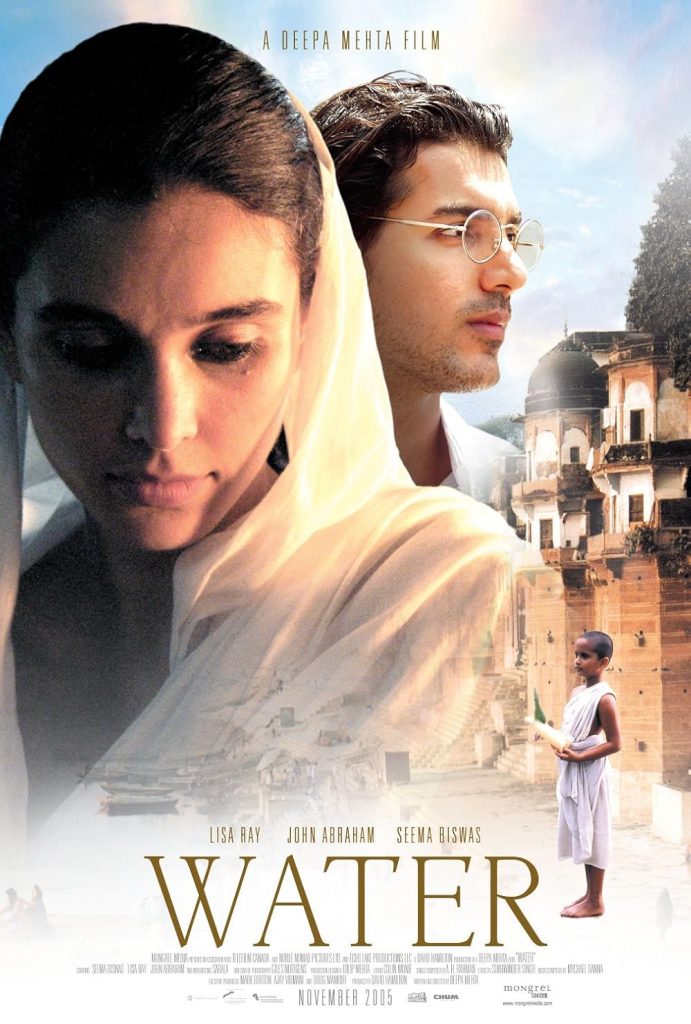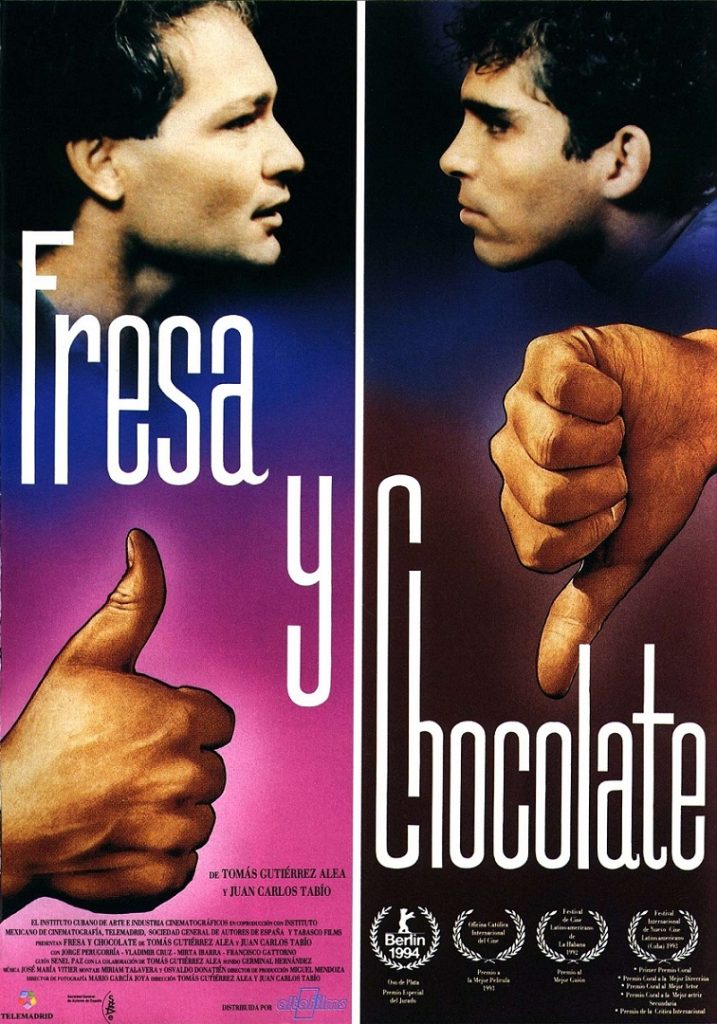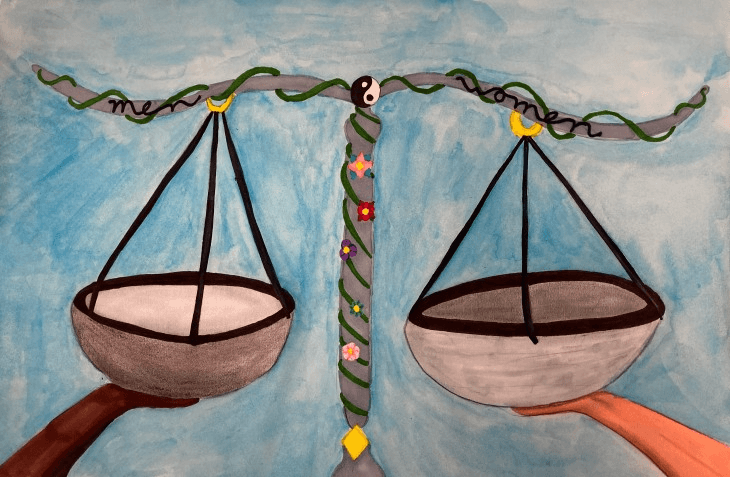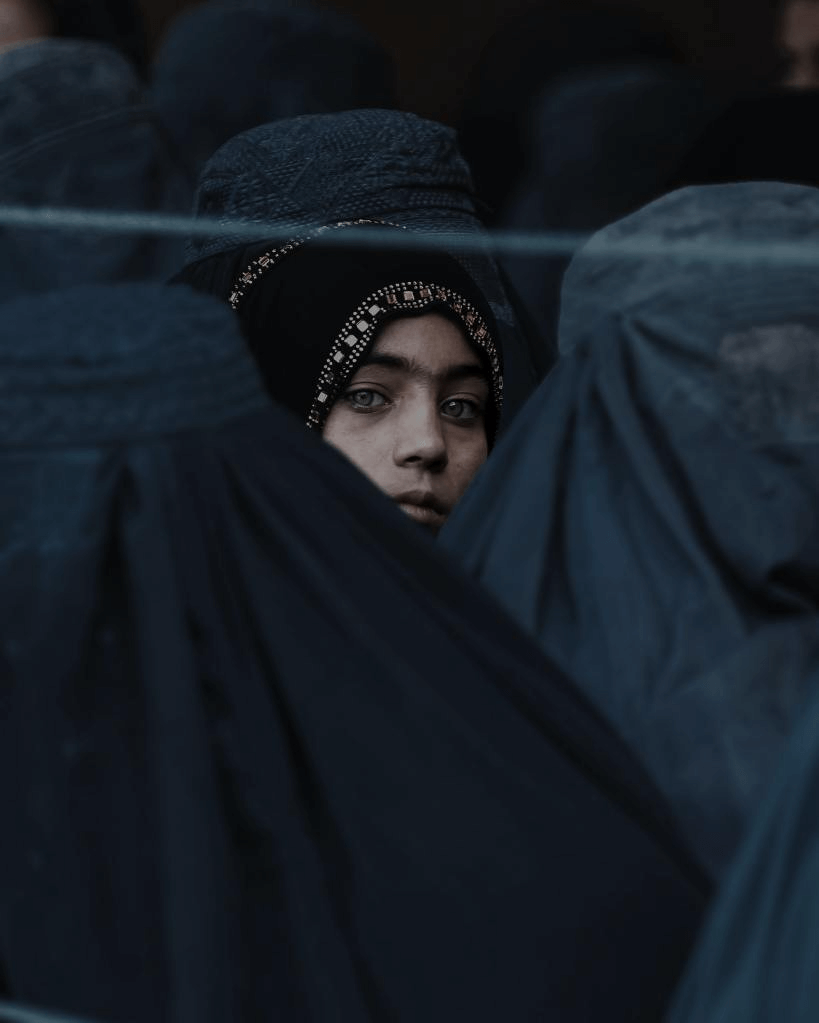In Europe and America, from the time movies entered the lives of ordinary people to the mid-1940s, the screen was dominated by white faces. In historical films like Gone with the Wind, when it was impossible to omit Black characters, they were often introduced as props in the background alongside the white performers. In this one-dimensional portrayal of life, the stories were usually unrealistic, so this one-sided approach to life was rarely questioned. The shift emerged in the 1940s, when black actors began to secure more prominent roles in mainstream films. By the 1960s, the end of racial segregation had opened up even more opportunities.
When Black characters gradually appeared in lead roles, a path to diversity and realistic depictions was introduced in both America and England, and to a certain extent in the other European countries. This path has brought us to a place where actors from diverse cultural backgrounds, characters with special needs, and individuals with dwarfism are becoming part of the stories as leading roles. This diversity and inclusion have also brought us realism and authenticity, both in television dramas and films, except in sitcoms. Sitcoms are a genre that is very difficult to remain grounded in reality, primarily because of their intense need to create situations that elicit laughter.
In other parts of the world, where populations were more homogenous, the characters and stories in cinema were realistic from the very beginning. The success of European, many Latin American, and Asian films is due to the continuity in the depiction of realism. The richness in the portrayal of daily life in cinema in these countries is due to the experience the actors, directors, and writers have gained since the inception of cinema in their lives. Mexican movies like Y tu Mama’ Tambien (And Your Mother Too, 2001), City of God from Brazil (2002), Fresa Y Chocolate (Strawberry and Chocolate, 1993) from Cuba, Water and Mandi (Bazaar) from India, and El Norte (The North, 1984), which was made by filmmakers from Guatemala, Mexico, and the U.S., are the best examples of the development of realistic cinema.




In America, the trajectory has shifted, and we seek refuge in fantasy and fairy tales, particularly these days when most movies are remakes of previous ones, based on comics or sci-fi, which create new worlds and beings. And of course, crime stories where realism seeps in intentionally or unintentionally. I have nothing against cinema based on comic heroes/heroines. Still, movies that depict real stories and the inner world of characters give our understanding of life depth, and expand our awareness of the subtleties of emotions and their expressions.


